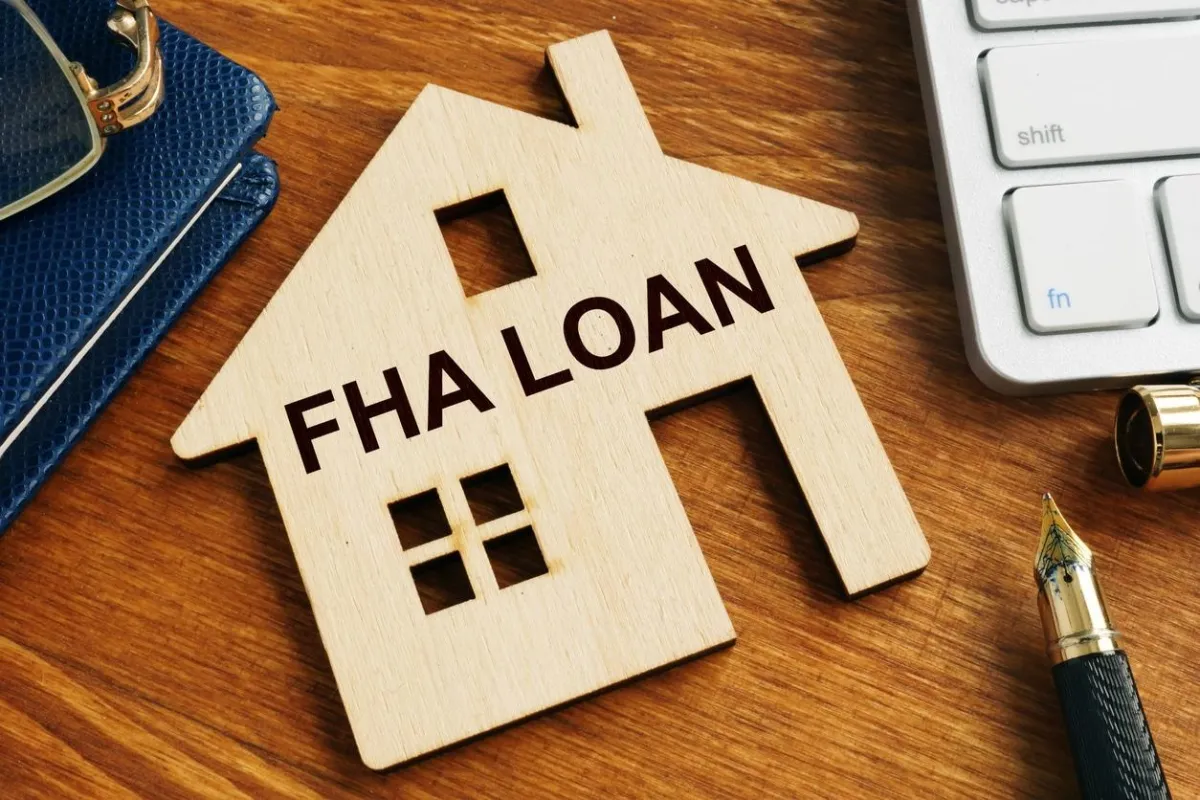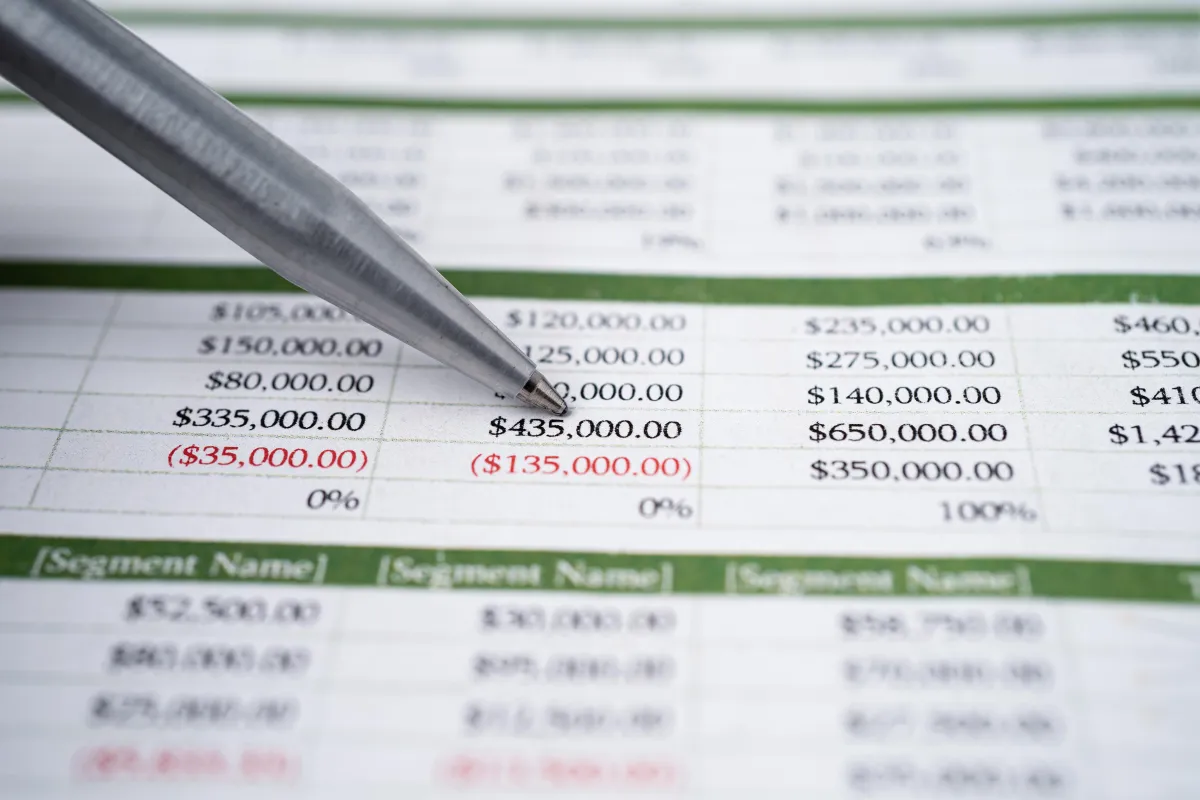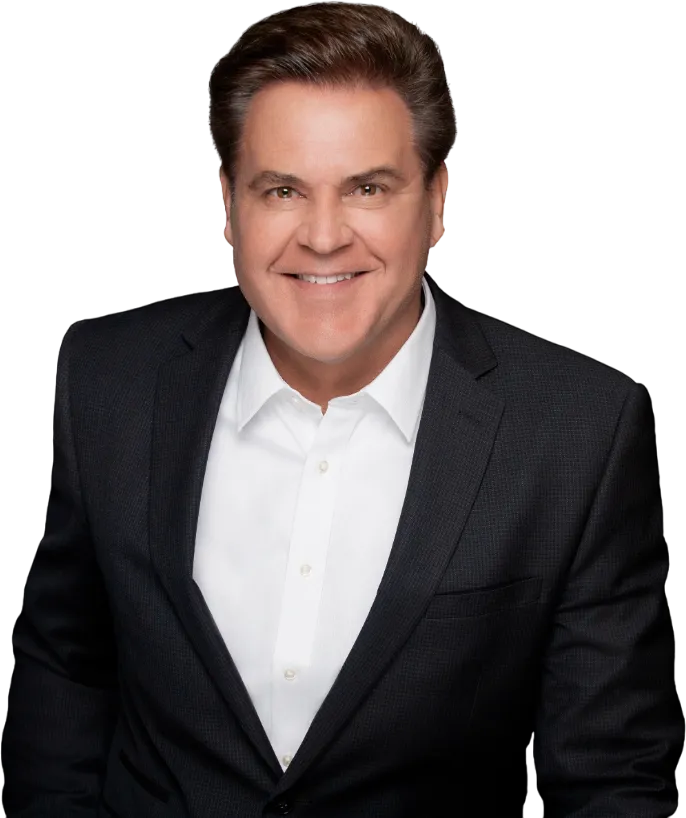Bank Statement Loans
Specialized mortgage solutions for self-employed borrowers that use bank statement deposits instead of tax returns to verify income and qualify for financing.
Bank Statement Loan Benefits
Bank statement loans offer numerous advantages for self-employed borrowers, business owners, and entrepreneurs who may not qualify for traditional mortgage financing due to complex income documentation.
No Tax Returns Required
Qualify based on your bank deposits rather than tax returns. This is particularly advantageous for self-employed borrowers, business owners, and independent contractors who maximize tax deductions, which can reduce their reported income on tax returns and limit traditional mortgage eligibility.
Flexible Income Verification
Use 12-24 months of personal or business bank statements to demonstrate consistent cash flow and income stability. Lenders typically calculate your income by averaging your deposits, then applying a predetermined expense factor based on your industry type, providing a more realistic picture of your financial situation.
Higher Debt-to-Income Ratio
Bank statement loans often allow for higher debt-to-income (DTI) ratios than conventional mortgages, sometimes up to 50-55%. This increased flexibility means you can qualify for financing even with existing debt obligations that might disqualify you from traditional mortgage programs.
Multiple Property Types
Purchase or refinance various property types including primary residences, second homes, and investment properties. Some bank statement loan programs even allow for non-warrantable condos, multi-unit properties, and mixed-use properties that may not qualify for conventional financing.
Less Stringent Requirements
Benefit from more lenient qualification standards for factors like credit scores (often with minimums as low as 600), post-closing cash reserves, and time in business (typically only 1-2 years required). Recent credit events like foreclosures or bankruptcies may be permitted after shorter waiting periods.
Competitive Rates
While bank statement loan rates are typically 0.5% to 2% higher than conventional loans, they remain competitive within the alternative documentation loan market. Many programs offer both fixed and adjustable-rate options with loan terms ranging from 15 to 30 years, allowing you to choose the option that best suits your financial strategy.
Eligibility Requirements
Bank statement loans have different qualification criteria than traditional mortgages. Here's what you'll need to qualify.
Business Documentation
Evidence of self-employment or business ownership for at least 1-2 years
Business license, articles of incorporation, or letter from CPA verifying business existence
Bank Statements
12-24 months of personal or business bank statements showing consistent deposits
Statements must show regular income stream and stability of business
Credit Score
Minimum credit score typically between 600-680 depending on lender and program
Higher scores may qualify for better interest rates and terms
Down Payment
Minimum down payment of 10-20% for most bank statement loan programs
Higher down payments may be required for investment properties
Cash Reserves
3-12 months of mortgage payments in reserves after closing
Higher reserve requirements for larger loan amounts and investment properties
Debt-to-Income Ratio
Maximum DTI ratio between 43-55% depending on other compensating factors
Higher credit scores and down payments may allow for higher DTI ratios
The Bank Statement Loan Process
Understanding the steps involved in obtaining a bank statement loan can help you navigate the process smoothly.
Prepare Documentation
Gather your bank statements (12-24 months), business documentation, identification, and information about the property you wish to purchase or refinance. Organization is key to a smooth application process.
Pre-Qualification
Speak with a bank statement loan specialist who will review your documentation, calculate your qualifying income based on bank deposits, and provide an estimate of how much you can borrow.
Formal Application
Complete a full mortgage application and authorize the lender to verify your information, including credit report, asset documentation, and employment verification where applicable.
Processing & Underwriting
The lender analyzes your bank statements to calculate qualifying income, typically using 50-75% of deposits based on your business type. Underwriters review all documentation and issue conditions that must be satisfied for loan approval.
Property Appraisal
A professional appraiser determines the current market value of the property to ensure it supports the loan amount. This step is crucial for all mortgage types, including bank statement loans.
Closing
Review and sign final loan documents with a closing agent or attorney. Funds are disbursed, and if purchasing a property, you'll receive the keys to your new home.
Bank Statement Loans vs. Traditional Loans
Compare bank statement loans with conventional and other loan types to understand the key differences.
| Feature | Bank Statement Loans | Conventional Loans | FHA Loans |
|---|---|---|---|
| Income Documentation | 12-24 months bank statements | Tax returns, W-2s, pay stubs | Tax returns, W-2s, pay stubs |
| Self-Employed Friendliness | Designed for self-employed | Challenging for self-employed | Challenging for self-employed |
| Credit Score Minimum | 600-680 typically | 620+ (better rates at 740+) | 580 for 3.5% down payment |
| Down Payment | 10-20% typically | 3-20% | 3.5-10% |
| Interest Rates | 0.5-2% higher than conventional | Lowest available rates | Slightly higher than conventional |
| Maximum Debt-to-Income | Up to 50-55% | Up to 43-45% | Up to 43-45% |
Success Stories
Real experiences from self-employed borrowers who achieved their homeownership goals with bank statement loans.
As a consultant with variable income, I was denied by three traditional lenders despite having excellent credit. The bank statement loan process looked at my actual business cash flow instead of my tax returns, and I was approved for my dream home within 30 days.
After years of building my online business, I had strong income but wrote off many expenses on my taxes. The bank statement program recognized my true earnings potential and approved me for a loan amount that accurately reflected my financial situation.
As real estate investors with multiple LLCs, our tax situation is complicated. The bank statement program simplified the process by focusing on our consistent cash flow rather than the complex structure of our business entities. We were able to add another investment property to our portfolio.
Frequently Asked Questions
Get answers to common questions about bank statement loans for self-employed borrowers.
How do lenders calculate income with bank statement loans?
Lenders calculate income by analyzing 12-24 months of bank statements and determining an average monthly deposit amount. For business bank statements, they typically apply an expense factor (usually 25-50%, depending on the industry) to account for business expenses. For personal bank statements, they may use 100% of deposits after removing transfers, loan proceeds, and other non-income deposits. Some lenders may also request a profit and loss statement prepared by the borrower or their accountant to support the bank statement analysis.
Are bank statement loans more expensive than conventional loans?
Yes, bank statement loans typically have interest rates 0.5% to 2% higher than conventional loans, along with higher origination fees (usually 1-2 points). This pricing reflects the additional risk lenders take by not using traditional income verification methods. However, for self-employed borrowers who maximize tax deductions, the ability to qualify for a larger loan amount often outweighs the slightly higher interest rate. As with any mortgage, shopping multiple lenders can help you find the most competitive terms.
How long do I need to be self-employed to qualify?
Most bank statement loan programs require borrowers to be self-employed or business owners for a minimum of 1-2 years. Lenders want to see evidence of stable and ongoing business operations. Borrowers with 2+ years in the same line of work or industry typically qualify more easily and may receive better terms. Some lenders may consider a shorter self-employment history if you previously worked in the same industry as an employee and can demonstrate continuity of income.
Can I use personal bank statements instead of business bank statements?
Yes, many lenders offer both personal and business bank statement programs. Personal bank statement programs are typically used by sole proprietors who don't maintain separate business accounts, or by those who prefer to use their personal accounts for income verification. When using personal statements, lenders will exclude transfers from other accounts, identifiable loan proceeds, and any other deposits that don't represent income. Some lenders may require a higher number of personal bank statements (e.g., 24 months instead of 12) compared to business bank statements.
What property types can I purchase with a bank statement loan?
Bank statement loans can be used for various property types, including primary residences, second homes, and investment properties. Many programs also accommodate non-warrantable condominiums, townhomes, planned unit developments (PUDs), and 2-4 unit properties. Some lenders even offer bank statement loans for mixed-use properties where the residential portion constitutes at least 51% of the total area. However, the specific property types allowed and associated terms vary by lender, with investment properties typically requiring larger down payments and cash reserves.
Can I refinance my existing mortgage with a bank statement loan?
Yes, bank statement loans can be used for both purchase and refinance transactions. Self-employed borrowers often use these programs to refinance existing mortgages, especially when they've been unable to qualify for conventional refinancing due to complex tax returns or write-offs. Bank statement refinances can be structured as rate-and-term refinances (to lower your rate or change your loan term) or as cash-out refinances (to access home equity). Cash-out refinances typically have stricter requirements, including higher credit score minimums and lower maximum loan-to-value ratios.

























